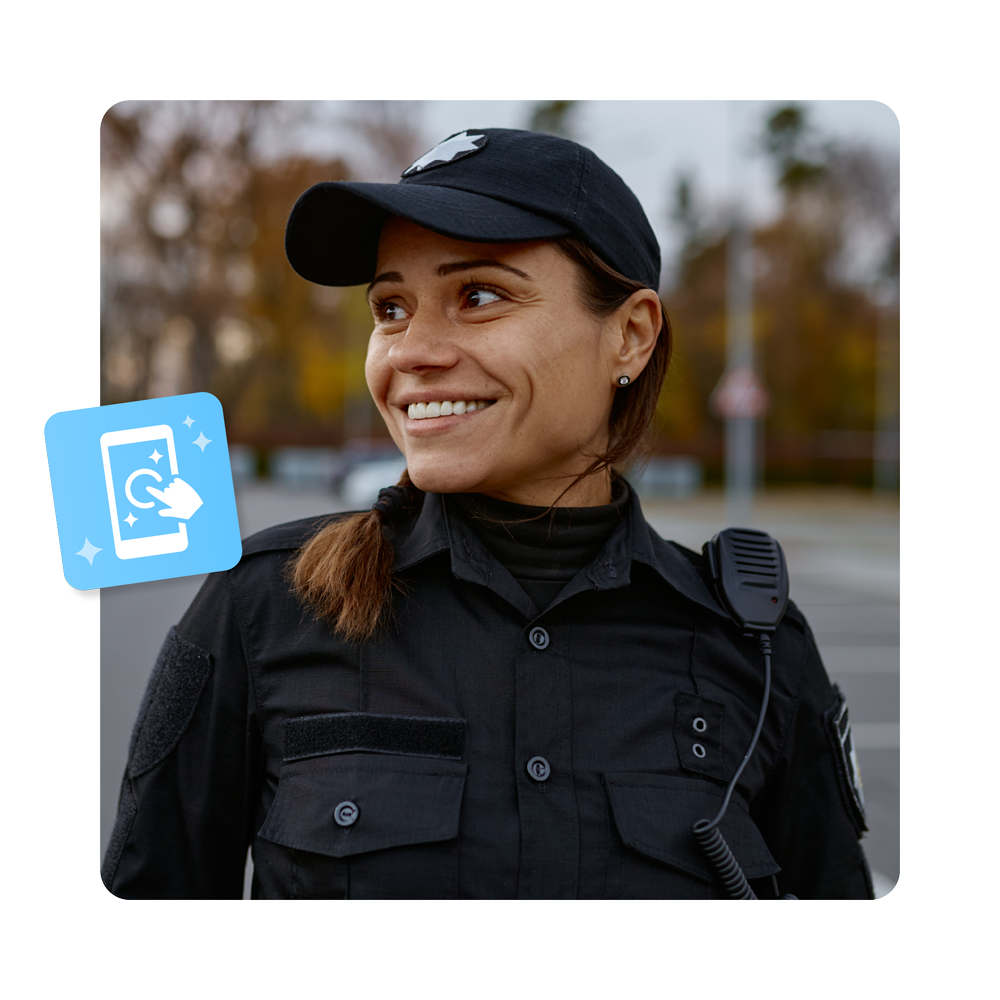Beyond Management and Content
For years, educators have been taught that two factors define classroom success: management and content delivery. Classroom management keeps order, while content delivery ensures students learn subject matter. These pillars remain important, but in practice, they are not enough. A modern classroom requires something deeper: a positive classroom environment that supports both academic and social growth.
When students feel safe, valued, and engaged, they are more willing to participate and invest in learning. This atmosphere transforms classrooms into spaces where students not only absorb knowledge but also build confidence and resilience. My own teaching journey has shown me that cultivating a positive environment goes further than any management strategy or textbook technique.
Shifting Perspective: My First Classroom Experience
When I began teaching five years ago, I entered the classroom equipped with lesson plans and classroom rules. Like many first-year teachers, I believed that mastering classroom management and course content was the key to success. Very quickly, I learned that students needed something more.
They didn’t just need instruction—they needed an environment where they felt welcome and encouraged. They wanted to be seen as individuals rather than test scores or attendance numbers. That realization reshaped my teaching philosophy and became the foundation of my classroom practice.
The Three Steps to Building a Positive Classroom Environment
Over time, I found that small but consistent changes could completely alter how students engaged. Three strategies, in particular, transformed my classroom:
1. See Students as Individuals
Recognizing students as people first can shift the tone of an entire classroom. Simple habits, such as learning and using students’ names early in the school year, can make a powerful difference. Greeting students at the door not only sets a positive tone for the day but also communicates that they are valued members of the classroom.
If a student appears tired, frustrated, or absent-minded, I respond with support rather than criticism. For example, instead of asking, “Why were you absent?” I say, “We missed you yesterday, and I’m glad you’re back.” This small adjustment acknowledges the absence without making students feel defensive.
By prioritizing empathy, educators create a classroom where students feel recognized and respected—essential ingredients in a positive classroom environment.
2. Speak Their Language
Relevance drives engagement. To create meaningful learning experiences, lessons should connect with students’ world. That means integrating references from current events, pop culture, or relatable examples that resonate with their lives.
When abstract concepts are tied to familiar experiences, students are more likely to stay engaged and make meaningful connections. For example, linking geography lessons to trending news or comparing literary themes to popular movies helps bridge gaps between academic content and students’ realities.
By “speaking their language,” teachers show students that learning is not separate from their lives but instead an extension of it. This makes the classroom both engaging and relatable.
3. Empower Students Through Encouragement
Encouragement is one of the most powerful tools teachers have. Students often underestimate their abilities. Teachers can shift this mindset by challenging students to reach higher and celebrating their progress along the way.
During discussions, when a student provides a partial or general answer, I acknowledge it as correct, then encourage them to refine their response using academic vocabulary. This scaffolding reassures them that they are on the right track and pushes them toward deeper learning.
I also highlight growth over time. Pointing out progress—such as moving from struggling with basic maps to mastering layered geographic data—helps students recognize their achievements. Celebrating milestones instills pride, motivation, and a belief that they can succeed.
When students feel empowered, they become more engaged, resilient, and ready to embrace challenges.
Why Positive Classroom Environments Matter
In today’s educational landscape, test scores and performance metrics dominate conversations about success. While accountability is important, focusing solely on numbers risks overlooking the human side of education.
A positive classroom environment balances accountability with empathy. It creates conditions where students feel valued, safe, and motivated to learn. In turn, behavior improves, engagement rises, and academic outcomes follow naturally.
This environment doesn’t require sweeping changes—it often grows from intentional daily actions: greeting students, tailoring lessons to their interests, and celebrating achievements. Over time, these practices reshape not just the classroom, but the school culture as a whole.
The Power of a Positive Environment
Classroom management and content expertise remain essential. However, creating a positive classroom environment elevates teaching beyond order and instruction. It transforms classrooms into communities where students feel supported and inspired to achieve.
By seeing students as individuals, speaking their language, and empowering them through encouragement, teachers can unlock higher levels of engagement and achievement. In a world focused on numbers, taking time to cultivate positivity in the classroom is one of the most impactful ways to prepare students for success—inside and outside of school.



